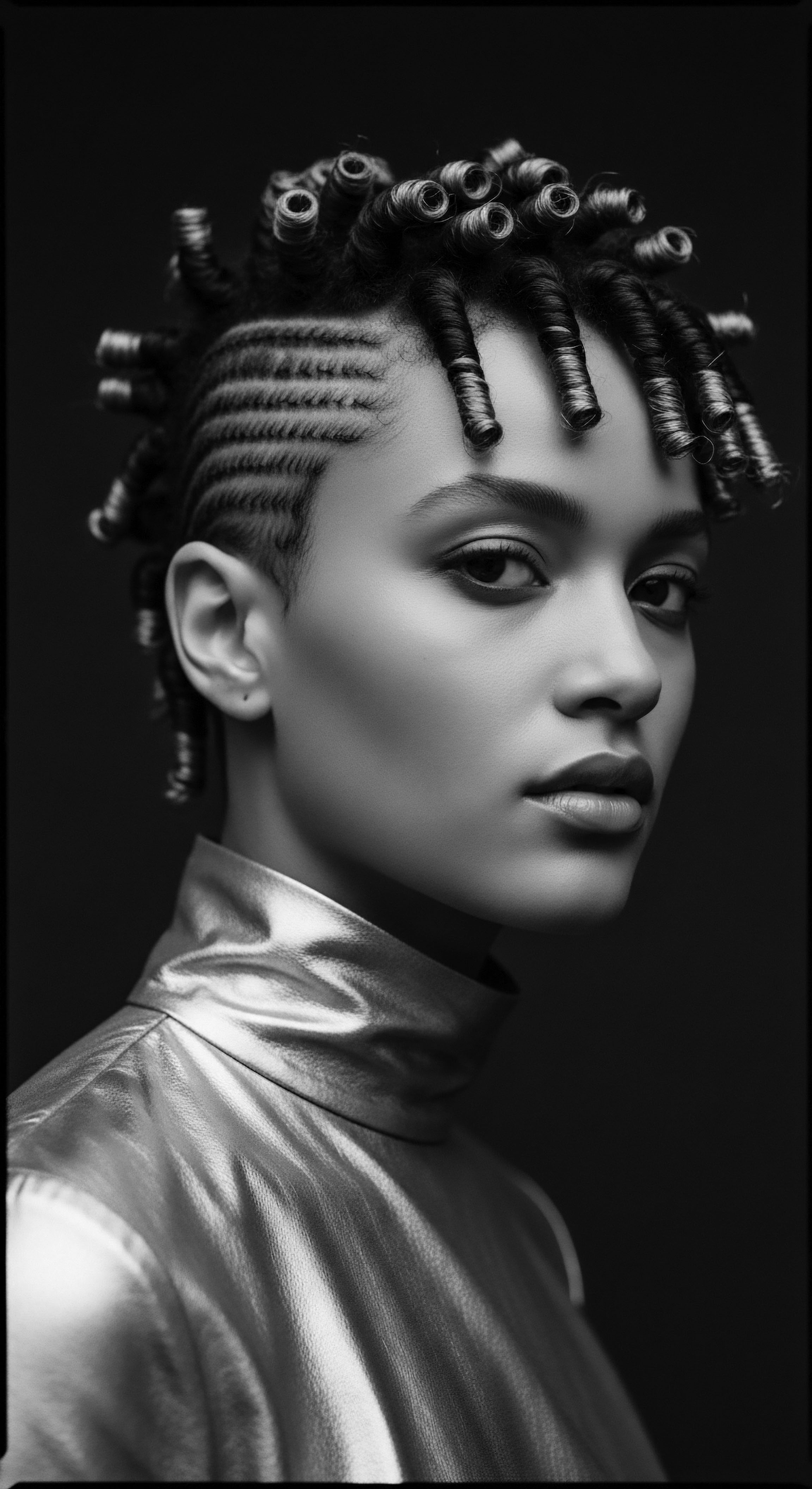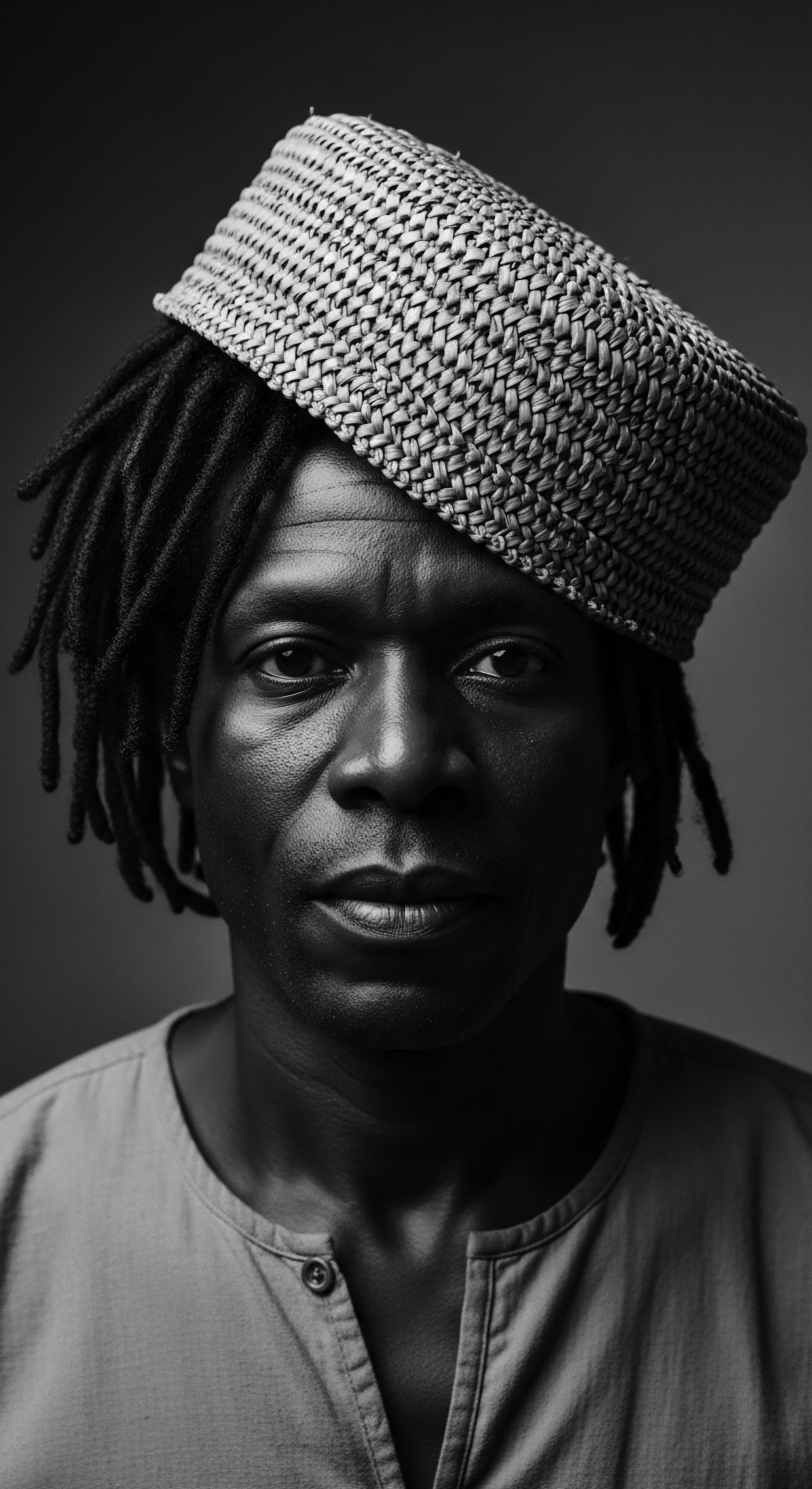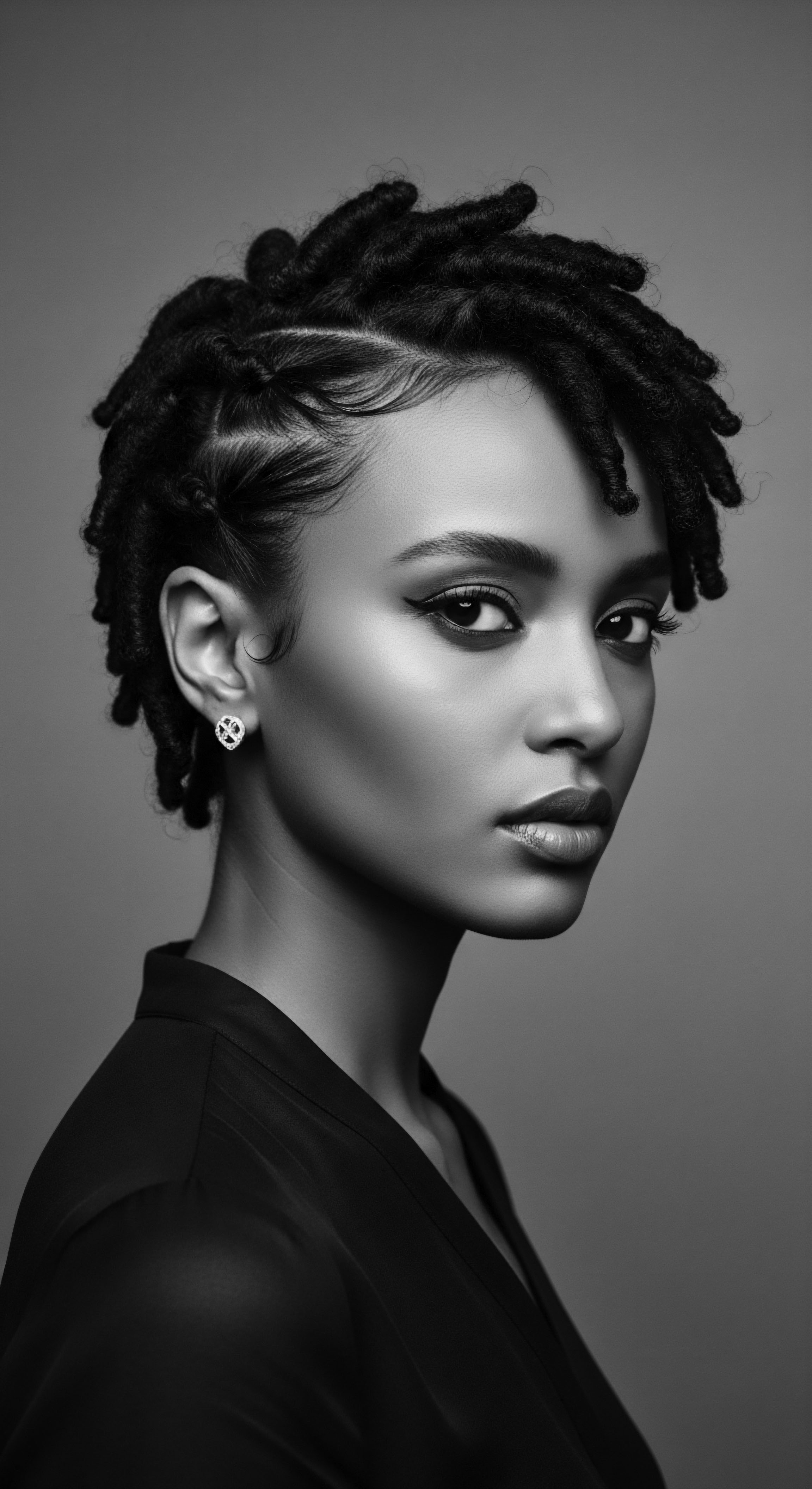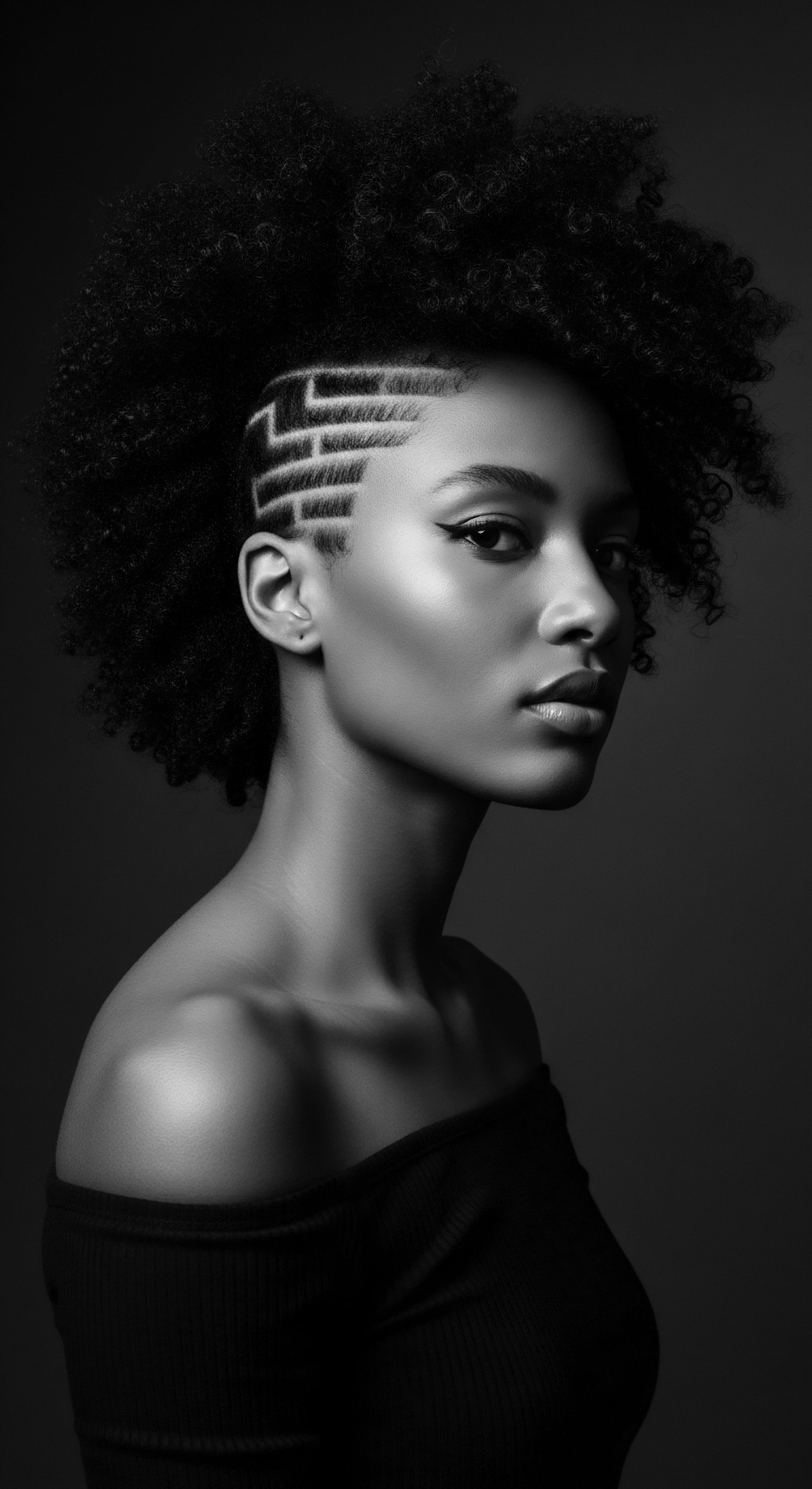
What materials were traditionally used to preserve African textured hair?
Traditional African hair preservation relied on nature's gifts, like nourishing oils, rich butters, and mineral clays, deeply rooted in heritage.

Why do traditional materials matter for textured hair health?
Traditional materials matter for textured hair health by deeply connecting us to ancestral wisdom, providing tailored care for inherent hair biology.

Which traditional materials protect textured hair?
Traditional materials like natural oils, plant butters, clays, and smooth fabrics shield textured hair, reflecting centuries of inherited care.

What ancestral materials protect textured hair?
Ancestral materials like plant oils, butters, clays, and intricate protective styles shielded textured hair, preserving its inherent strength and cultural identity.

What natural materials were used to shield textured hair?
Ancestral communities shielded textured hair with natural butters, oils, clays, and plant fibers for protection and heritage.

What ancient materials honored textured hair in communities?
Ancient materials like plant oils, clays, and natural pigments honored textured hair by blending sustenance with cultural meaning.

What ancient materials were used in traditional textured hair care practices?
Ancestors used natural materials like plant oils, clays, and herbal infusions to nourish and protect textured hair, deeply connecting care to heritage.

What materials were historically used to embellish textured hair across Black communities?
Historically, Black communities embellished textured hair with natural elements like clay, seeds, shells, and precious metals.

What ancient materials nurtured textured hair growth through braiding?
Ancient societies used natural materials like plant oils, butters, and powders within braiding to protect and nourish textured hair, promoting strength and length.

What Was the Cultural Significance of Adornment Materials in African Hair Heritage?
Adornment materials in African hair heritage served as profound communicators of identity, status, spirituality, and ancestral connection, deeply woven into textured hair traditions.

What enduring cultural meanings are embedded in African hair covering practices and materials?
African hair coverings embody a rich heritage of identity, status, spirituality, and resistance, reflecting the profound cultural meanings woven into textured hair.

What traditional materials shaped early African hair adornment?
Early African hair adornment drew upon natural materials like clays, plant fibers, and animal elements to express identity and provide protection for textured hair heritage.

What traditional materials maintained cultural identity for textured hair?
Traditional materials like shea butter, palm oil, and chebe powder maintained cultural identity for textured hair through centuries of ancestral practice and care.

What specific materials formed historical hair tools in African traditions?
Historical African hair tools were crafted primarily from wood, bone, ivory, iron, and various plant fibers, reflecting regional resources and cultural significance.

What materials comprised early African hair tools?
Early African hair tools were crafted from natural materials like wood, bone, ivory, and shells, embodying deep cultural meaning and resilience.

What ancestral materials guarded textured hair at night?
Ancestral materials like smooth plant fibers, natural oils, and headwraps guarded textured hair at night, preserving moisture and preventing damage, a core aspect of textured hair heritage.

What cultural significance do ancestral comb materials hold for textured hair heritage?
Ancestral comb materials signify deep cultural heritage for textured hair by embodying historical identity, spiritual connection, and communal care practices.

What materials are traditionally used for headwraps in African heritage?
Traditionally, African headwraps utilized natural materials like cotton, raffia, and barkcloth, often colored with plant-based dyes, deeply connected to textured hair heritage.

What traditional materials protected textured hair at night?
Traditional materials like smooth cloths and plant fibers protected textured hair at night, a practice rooted in ancestral wisdom.

What materials did early African communities use for hair coverings?
Early African communities utilized natural materials like plant fibers, animal hides, and earth pigments for hair coverings, deeply connecting to textured hair heritage.

What ancestral wisdom guided the selection of materials for textured hair tools?
Ancestral wisdom for textured hair tools centered on natural, available materials like wood and bone, chosen for their hair-preserving qualities and cultural meaning.

